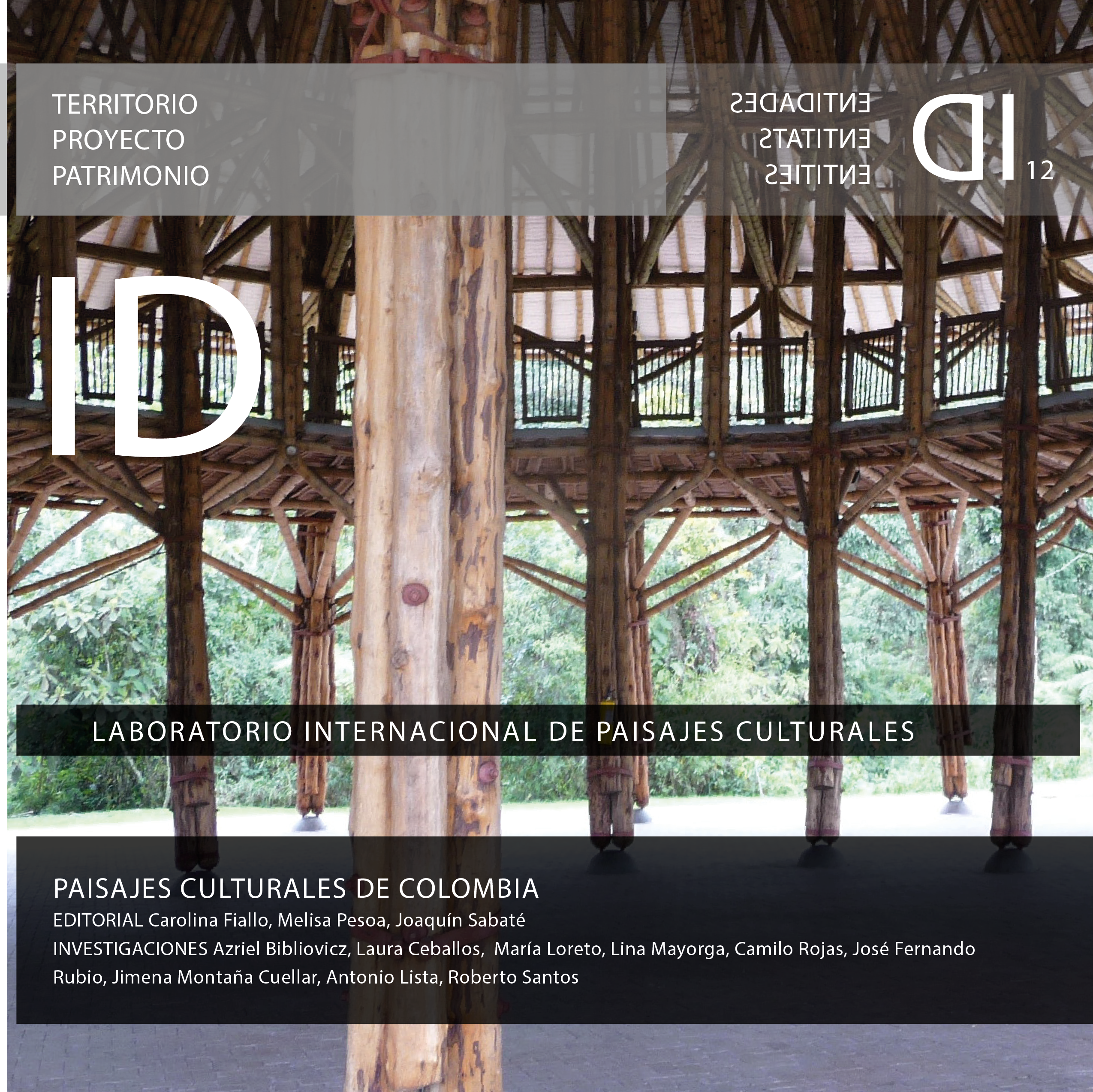Transformaciones en el paisaje del Valle del Río de la Magdalena
Transformations in the landscape of the Magdalena River Valley: Girardot and Apulo, the modernity that arrived by the rivers
DOI:
https://doi.org/10.5821/id.12428Abstract
This article analyzes the changes in the cultural landscape of the Magdalena Valley, specifically in the municipalities of Girardot and Apulo, from pre-Columbian times to modernity. The transformation of the landscape is explored throughout three key moments: the historical and geographical context of the Magdalena Valley and the pre-Hispanic era, the colonial era and the urban development of Girardot and Apulo, and during the period of arrival and departure. rise of modernity, analyzing how it transforms and shapes the landscape. From the analysis of different periods and scales, it seeks to understand how the arrival of modernity left its mark on the landscape, transforming it into a cultural landscape bordering on modernity, a modernity that reached through the rivers to the interior of the mountain range of the Andes and shaped an industrial cultural landscape.
Downloads
Published
Issue
Section
License
Copyright (c) 2024 Creative Commons

This work is licensed under a Creative Commons Attribution-NonCommercial-ShareAlike 4.0 International License.
Those authors who have publications with this journal, accept the following terms:
a. Authors will retain their copyright and guarantee the journal the right of first publication of their work, which will be simultaneously subject to the Creative Commons CC BY-NC-ND-4.0 recognition license that allows third parties to share the work provided that its author and its first publication are indicated in this journal, but they cannot be changed or used commercially.
b. Authors may adopt other non-exclusive license agreements for the distribution of the version of the published work (eg: deposit it in an institutional telematic archive or publish it in a monographic volume) provided that the initial publication in this journal is indicated.
c. Authors are allowed and recommended to disseminate their work through the Internet (e.g. in institutional telematic files or on their website) before and during the submission process, which can lead to interesting exchanges and increase citations. of the published work. (See The effect of open access).













